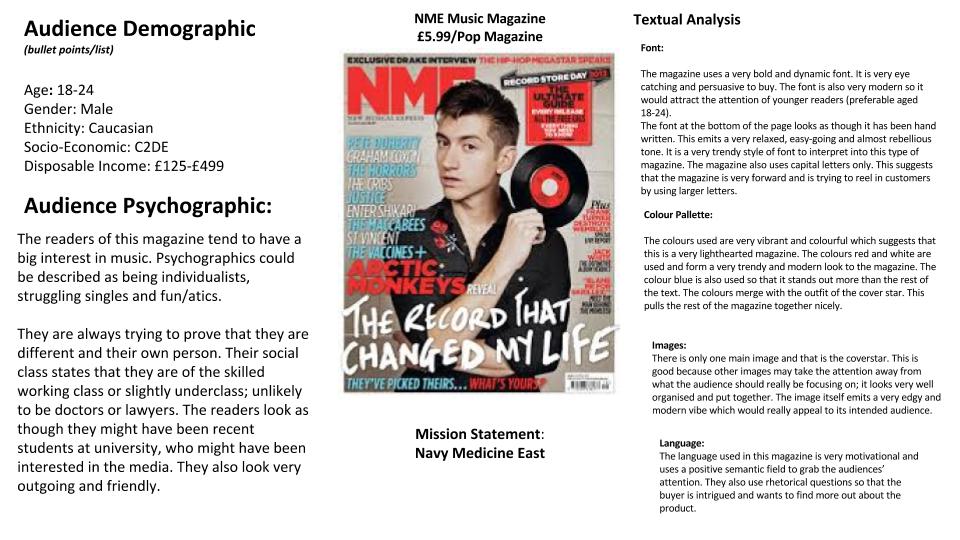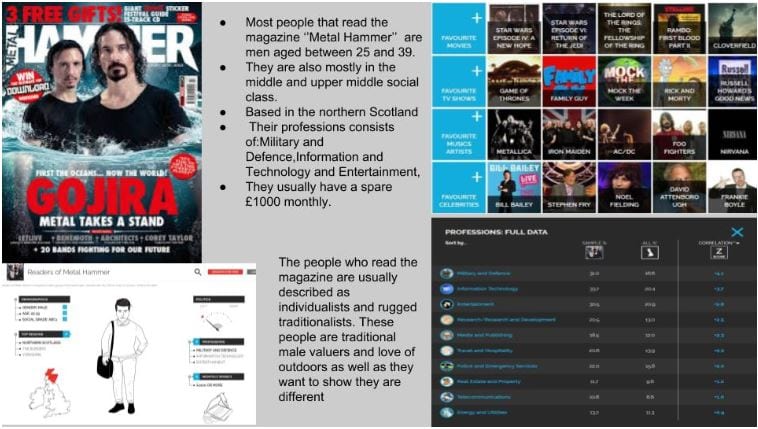Assessment
Set up Your Folders

Your Essays
By the time the exams come around, you will have been set and submitted an essay for every type of question that ‘could’ come up in the exam.
Whilst, the actual questions in the exam, might be worded slightly differently, the aim is that you should have a complete set of essay responses for the exams which will act as an essential revision resource.
However, if you do not have a complete set, then you will not have given yourself the best chance to practise writing a response to one of the questions that could come up. To maximise your chances therefore, you should make every effort to have at least one draft for all of the essays set and those who are determined to do well, will redraft them in response to the feedback from your teacher.
Once redrafted, you can then resubmit them so that your teacher can give you some final feedback/improved grade.
Many of the essays will be handwritten in class in timed conditions, so typing them up and submitting them online for electronic copies mean you can store them in your Media folders for easy and quick retrieval.
It makes every sense to keep on top of these essays and take the chance to improve on them. Just see the examples below. Just from looking at the colours it is easy to see which student gave themselves the best chance of success. The A Grade student redrafted and resubmitted until the page was ‘GREEN’. The C Grade student did not redraft and did not resubmit and often did not complete the essays at all. They were really disadvantaged in the centre assessed grades (exam).
- RED – MISSING, GRADE D OR BELOW
- ORANGE – GRADE C SO SHOULD REDRAFT AND RESUBMIT
- GREEN – GRADE B OR ABOVE – CAN BE REDRAFTED BUT NO NEED TO RESUBMIT
- WHITE – STILL TO DO OR PENDING
Good luck. Only you can make this happen.
It’s all happening in Classroom!
The assignment will be set in classroom and you will have an individual copy made for you by your teacher. You should fill this in during discussion with your teacher over the next few week. They will also have your candidate numbers.





